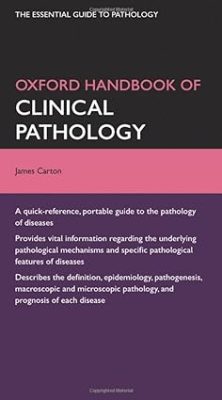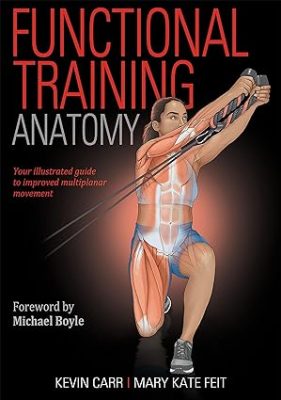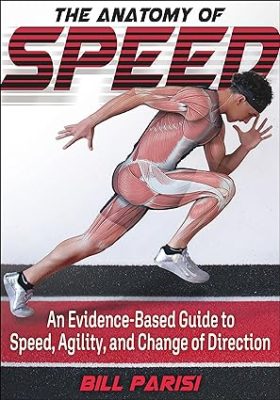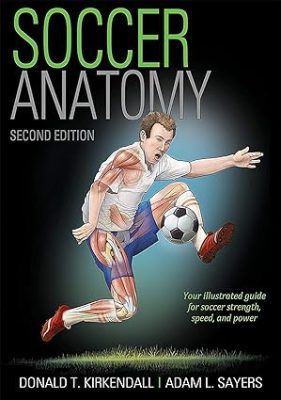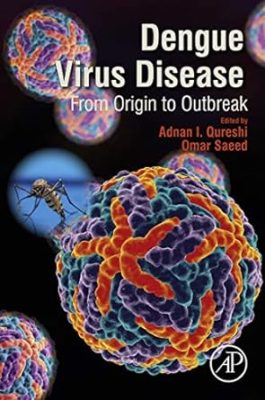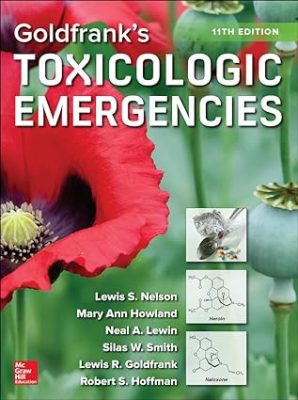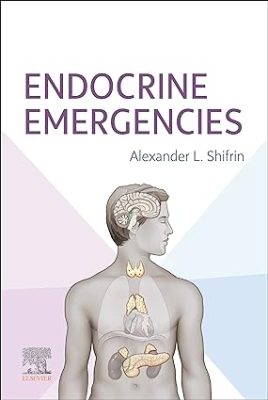Oxford Handbook of Medical Dermatology (Oxford Medical Handbooks) 2nd Edition
Oxford Handbook of Medical Dermatology (Oxford Medical Handbooks) 2nd Edition
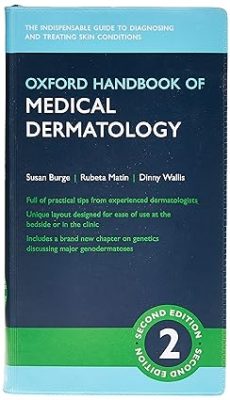
This second edition of the Oxford Handbook of Medical Dermatology provides practical and accessible advice on how to reach a diagnosis or create a management plan when faced with patients with a range of skin conditions.
Giving concise and clear guidance on investigation and treatment, this Handbook helps doctors adopt a step-by-step approach at the bedside to make sense of skin problems by analyzing clinical signs. Illustrated and in full colour, it covers skin physiology, an overview of common skin conditions, and skin problems commonly seen in a broad range of specialities, from rheumatology to psychiatry, as well as children and the elderly.
Now comprehensively updated with new clinical pictures, references, and extensively reworked chapters on skin in infancy and childhood, cutaneous reactions to drugs, skin tumours, and rheumatology. This second edition now includes a brand new chapter on skin and genetics, detailing this fast-growing and important area of dermatology, promoting good communication with a patient-centred and practical common-sense approach for trainees in dermatology, junior doctors, GPs, and medical students.









